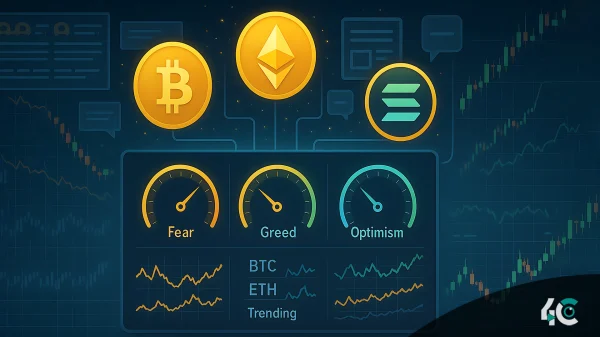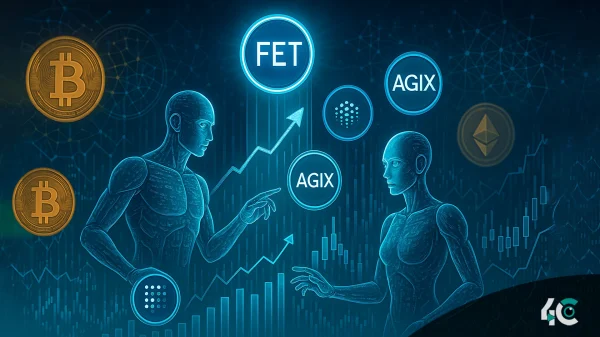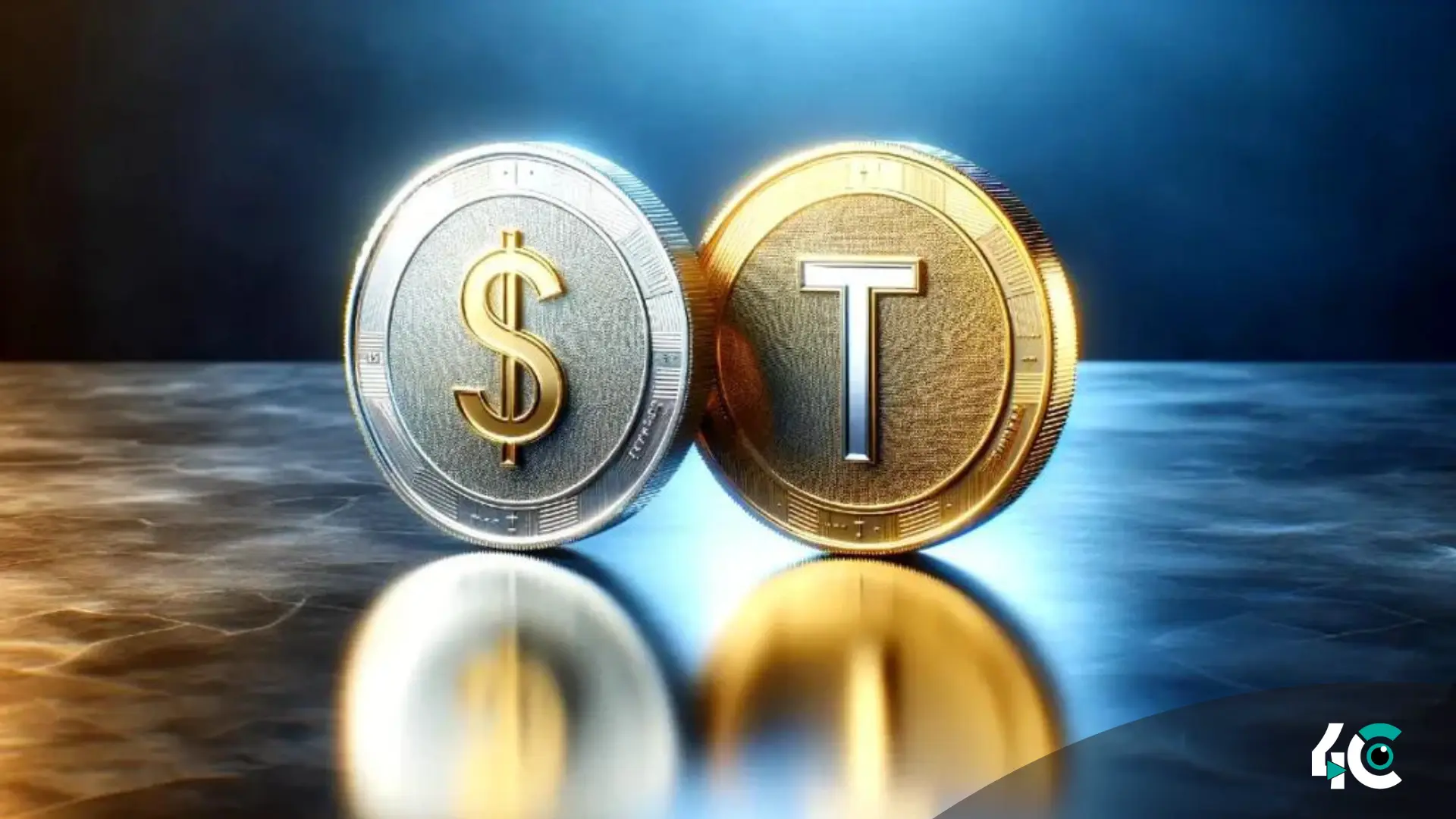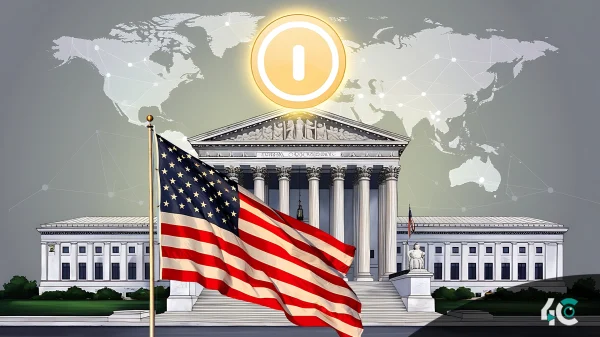The stablecoin market has achieved a new milestone, reaching a market capitalization of $168 billion, the highest in its history. This new peak comes after 11 consecutive months of growth, signaling increasing confidence in the stability and utility of stablecoins within the broader cryptocurrency market.
Data from DefiLlama confirms that this latest figure surpasses the previous high of $167 billion set in March 2022. However, after reaching that peak, the market experienced a significant downturn, falling to $135 billion by the end of that year. The current surge has effectively reversed that decline, marking a notable recovery.
Note that this market cap does not include algorithmic stablecoins, which depend on mathematical models for value maintenance instead of external assets like fiat currency or gold. Non-algorithmic stablecoins, which have seen steady adoption and demand over the past year, have primarily driven the growth in the stablecoin market.
Prominent crypto analyst Patrick Scott, known as “Dynamo DeFi,” highlighted that the new all-time high could indicate the influx of fresh capital into the cryptocurrency market. “And just like that, we’re at an all-time high,” he commented, suggesting a renewed interest in stable, asset-backed tokens.
Leading the stablecoin market is Tether (USDT), which started 2024 with a market cap of $91.69 billion and has since grown to over $117 billion by August. Circle’s USD Coin (USDC) has also shown growth, reaching a market cap of $34 billion, though it remains below its peak of $55.8 billion from June 2022.
Despite the positive growth, challenges remain. A report from CCData indicated an 8.35% drop in stablecoin trading volumes in July 2024, attributed to reduced activity on centralized exchanges. The report also pointed out that new European regulations under the Markets in Crypto-Assets (MiCA) framework have created uncertainty, particularly regarding the future of USDT in the region.
Even with these hurdles, the stablecoin market’s performance has been a key factor in the overall recovery of the cryptocurrency sector. Analysts are optimistic about the continued growth of stablecoins, though the sector’s future will depend on how it navigates evolving regulatory landscapes, especially in Europe.
































